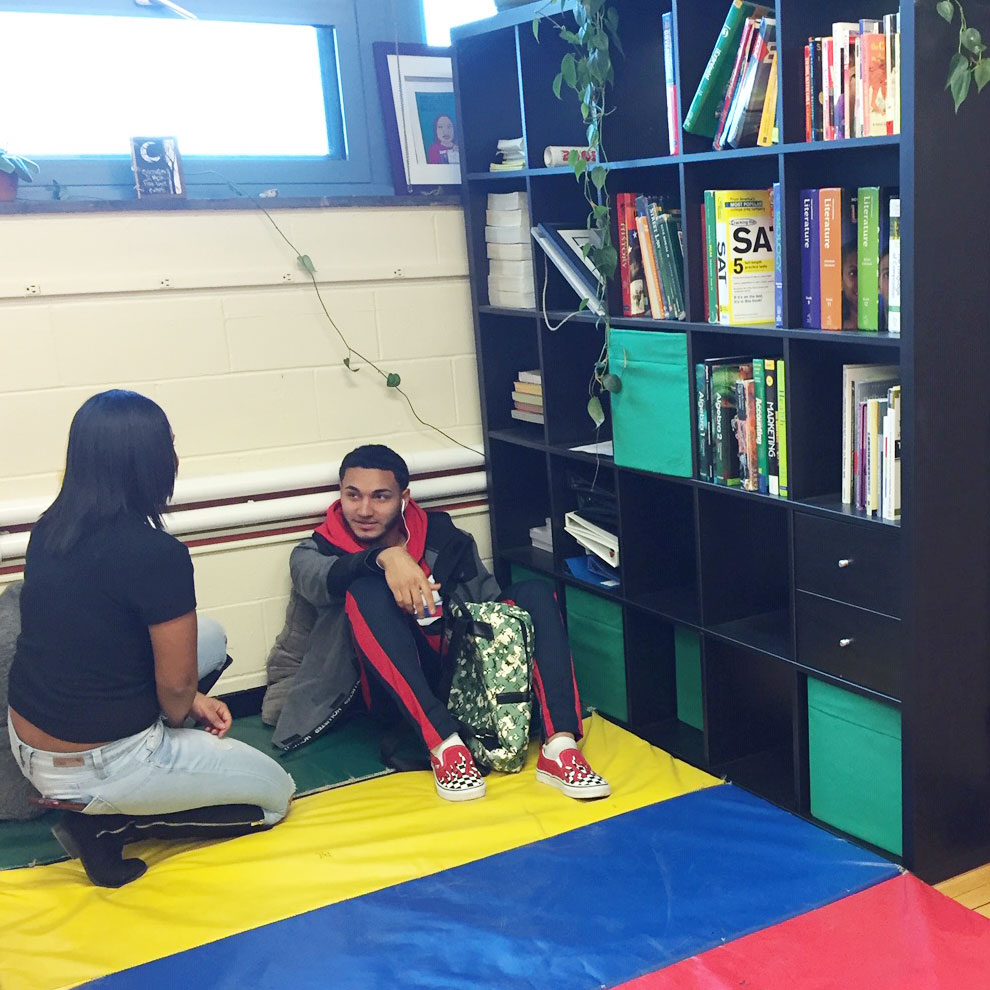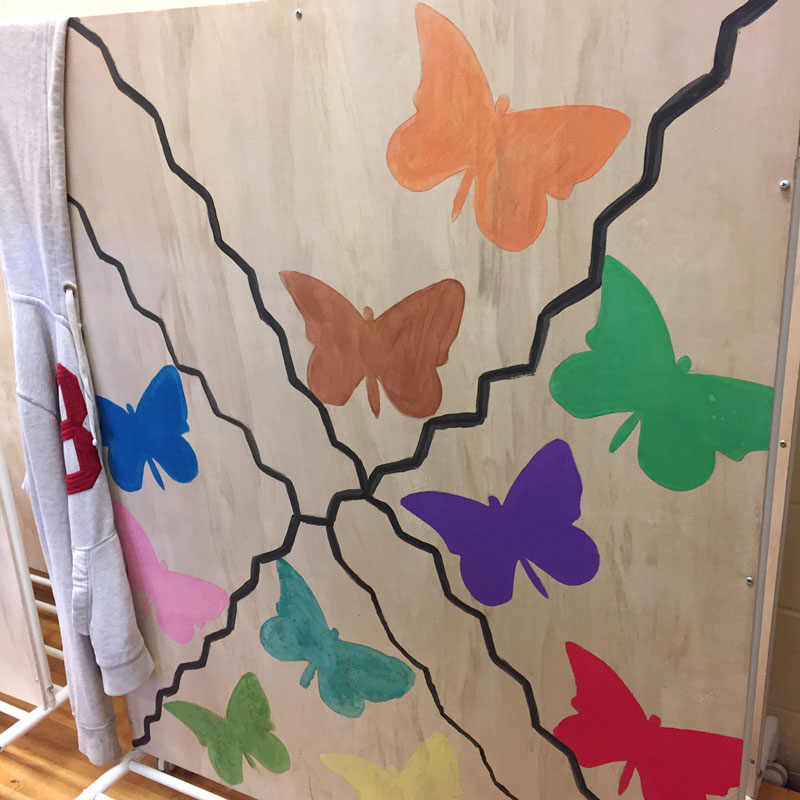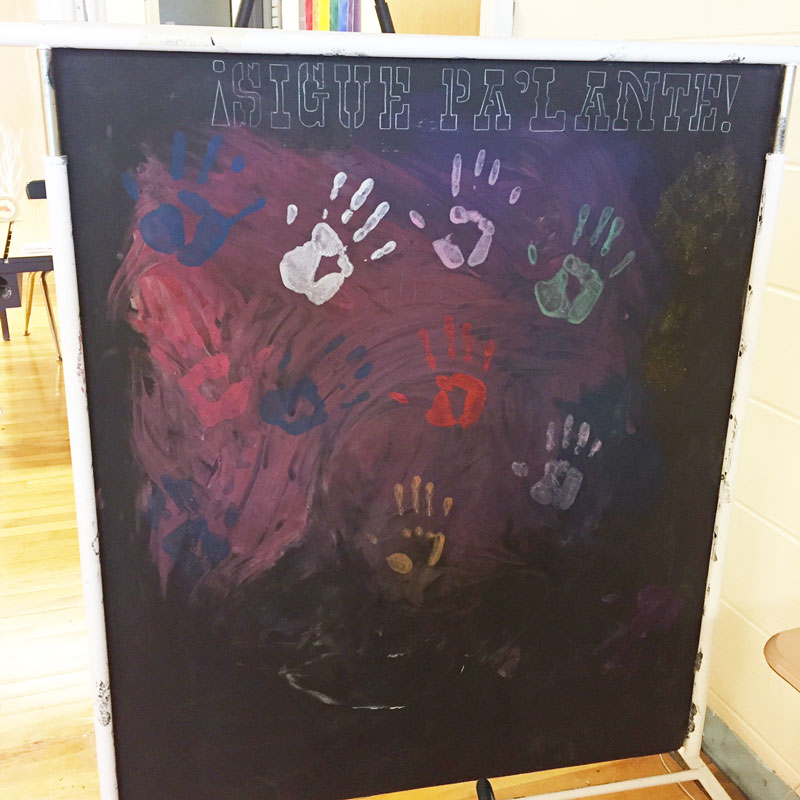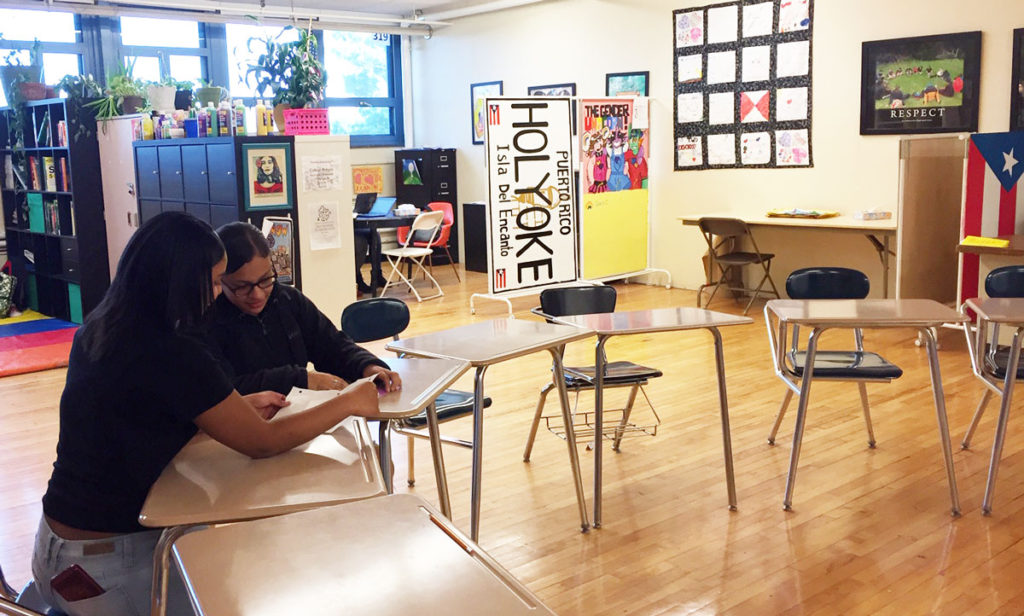
In 2015-16, Pa’lante student leaders took a deep dive into understanding what was going on in our school’s so-called “Student Support Room” (SSR). The name sounded like something positive, but our experience told us that the space was not actually very supportive.
We started our research with two questions:
- To what extent is the SSR room as it currently exists, providing students with academic and social-emotional support, and
- How can the SSR room be a place of REAL support for students?
We conducted surveys and interviews with students, teachers and administrators, and the SSR coordinator, and looked at the data being collected in the room to find out what was really going on. Here is some of what we found:
- Students said they did not always know why they were sent to the SSR
- The SSR Coordinator receives very little information about the reason for the referral. Typically he receives a one-word description such as “talking” or “disrespect”.
- The referred student doesn’t receive information about rules or expectations while they are there, with the exception of cell phone rules
- Punishments do not fit the offense. For example, many students are sent to the SSR for skipping or being late to class, which results in the student missing even more class.
- Some teachers are frequent referrers. The SSR does not address problems with teaching practice and classroom management.
- Some students are frequently referred to the SSR. There is no protocol for addressing the underlying issue leading to frequent behavior problems.
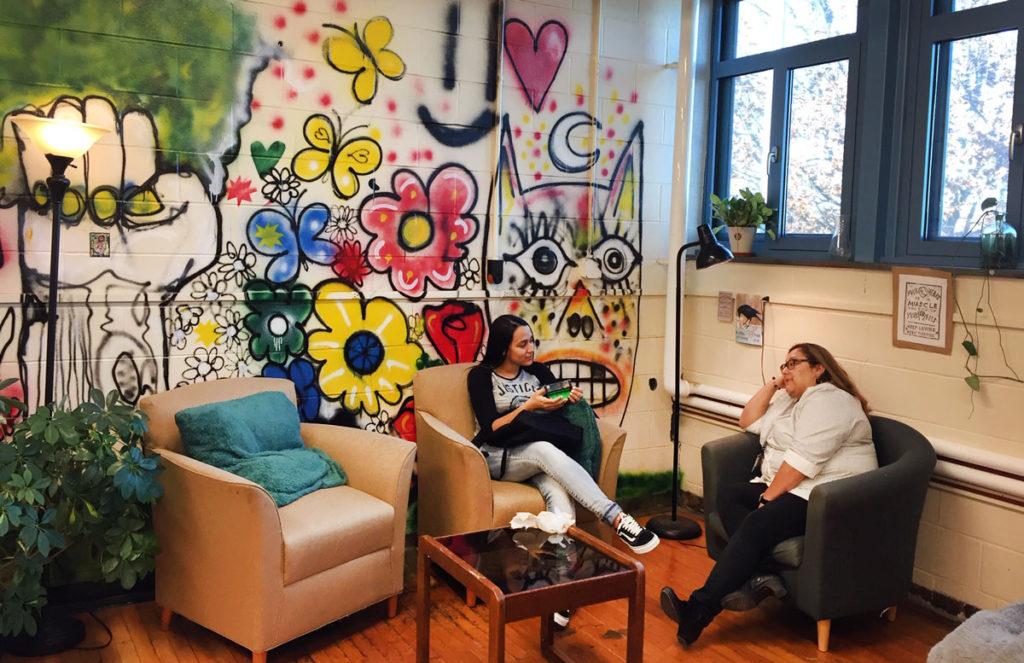
We also reviewed HHS discipline data, which showed that students of color are disproportionately referred to the SSR. In the 2015-2016 school year, nearly 90% of referrals were students of color even though they only made up just over 70% of the student population.
We also found out that most of the time, students who were sent to the SSR did not receive any academic or emotional support. We concluded that the SSR was functioning as an in-house suspension room, and therefore the literature that demonstrates the negative impacts of suspension would be relevant for our school’s SSR.
After researching best practices, reviewing school data, and interviewing students and staff at HHS we came up with the detailed recommendations for the Student Support Room.
Here is an overview of what we recommended:
- Implement Practices that Address the Root Cause of the Referral
- Develop Clear Policies and Protocols and Improve Record Keeping
- Increase Academic Support
- Provide Therapeutic Supports in the SSR
- Create a safe and Comfortable Physical Space
Thanks to our advocacy, the SSR is now a therapeutic space with a full-time coordinator and multiple therapy interns. We hold our Pa’lante homeroom and after school meetings in the space, which is filled with student art, couches, snacks, and therapy toys. During the day it is open for all students in the building to use if they need a break.
